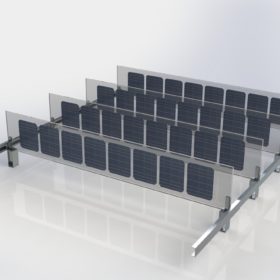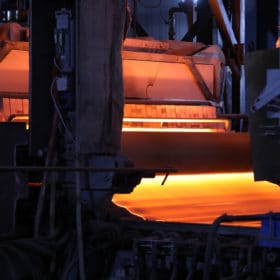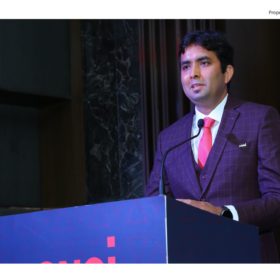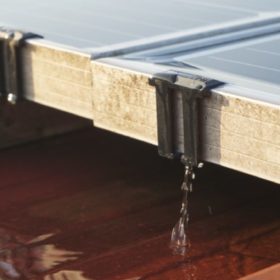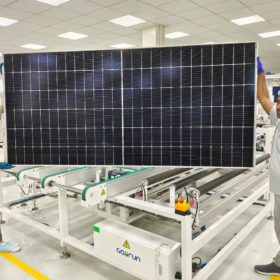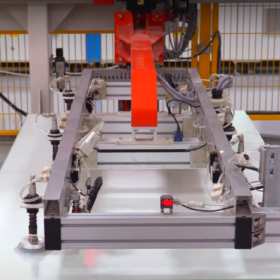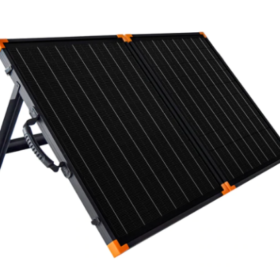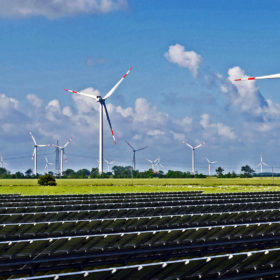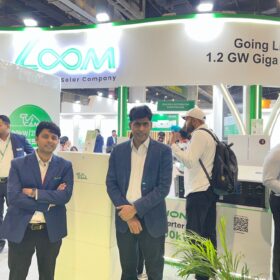Indian opportunity for renewable energy investments
In a keynote address at Intersolar Europe 2022, Indian Union Minister Bhagwant Khuba asked global investors to seize the opportunity to focus on India as it targets net-zero emissions by 2070 and 500 GW of installed non-fossil energy capacity by 2030.
Vertical PV system for green rooftops
Norwegian startup Over Easy Solar AS is launching a vertical PV system for rooftop applications at this year’s Smarter E in Munich, Germany.
Borosil Renewables posts 28% net sales increase for FY 2021-22
Borosil Renewables, an Indian solar glass manufacturer, has recorded net sales of around INR 644 crore ($83 million) for fiscal 2021-22. It operated almost at full capacity throughout the year and sold out of everything it produced.
Longi surpasses 7 GW of monocrystalline solar panel shipments to India
Chinese PV module manufacturer Longi has surpassed 7 GW of shipments to India, less than six years after launching its operations in the country.
New water-draining device for rooftop PV systems
Portuguese startup Solarud has developed a way to eliminate soiling around the frames of PV panels with low inclination slopes. The device drains water that would otherwise stay stagnant on the surface of modules.
Saatvik launches 545 W bifacial PV modules
Indian manufacturer Saatvik has developed bifacial PV modules based on mono PERC, half-cut technology. The multi-busbar modules boast an efficiency rating of 21.12%.
Waaree supplies 45 MW of PV modules to KPI Global
Mumbai-headquartered Waaree has supplied its 335 Wp polysilicon modules to Gujarat-based developer KPI Global Infrastructure, for projects in Bharuch district, Gujarat.
Solar briefcase packs in 200 W for off-grid, mobile living
FlexSolar has developed a foldable, portable PV briefcase kit with a charge controller and connection cables.
India to lead new energy wave
A new report from the Institute for Energy Economics and Financial Analysis (IEEFA) tracks key trends at major companies across India’s power sector value chain. It finds the nation is poised to lead the clean energy wave, with investors committing in response to the bold policies that are enabling the transition.
Sharp launches 540 W bifacial solar module
Sharp’s new IEC 61215 and IEC 61730-certified-certified panel features 144 half-cells based on M10 wafers and a 10-busbar design. Its operating temperature coefficient is -0.349% per degree Celsius and its power tolerance reaches up to 5%.

